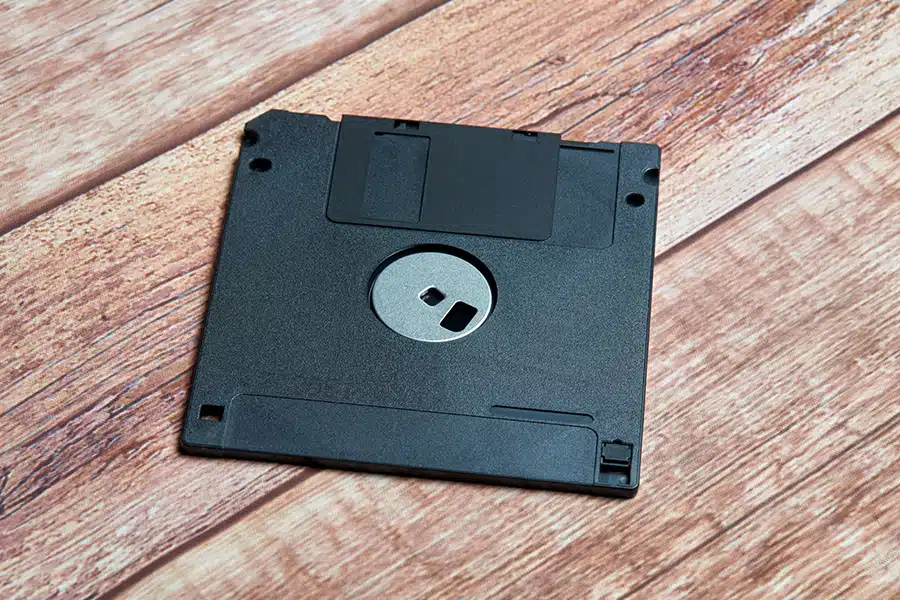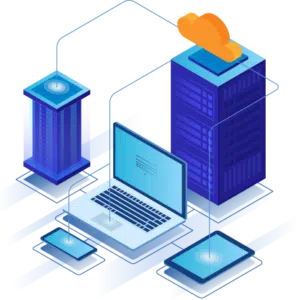As your small business moves its BDR solutions to the cloud, you may not see the use of having a physical data backup. After all, the cloud is secure, up-to-date, and always available. You won’t hear any debate about that from us. But to have the best backup and disaster recovery strategy for your business, you must be aware of every possible backup solution. This includes a simple physical backup.
Here are some of the most important factors to consider for any physical data backup system that your business uses.
Types of Physical Data Backup
Before the move to the cloud, a physical backup was the only way to have a copy of your company’s data and information. Even with the cloud, many of these solutions might still be used by your business. A few of the more common backup devices are USB hard drives, solid-state drives, thumb drives, and tape-based backups. The right type of physical backup comes down to your needs.
If you’re looking for portability, the thumb drive would be the perfect solution but are limited to small amounts of storage space. A USB hard drive or solid-state drive offers a much higher storage capacity and are still portable. Thumb drives and USB drives work well for backing up small amounts of your company’s overall collection of data and information, like individual workstations.
Before the cloud, the primary method of data backups were tape-based backups. An organization would store copies of their data on magnetic tapes and store them securely, either on or off-site. Due to convenience, tape backups have fallen out of use and have been replaced by the cloud. Even so, there are still companies that continue to use this method.
How to Effectively Use Physical Backup
There are reasons why the cloud has become the primary backup solution for small businesses. The cloud is affordable, scalable, and easier to maintain than a physical backup. This doesn’t mean that a physical backup shouldn’t be a part of your overall BDR strategy though. A physical backup won’t be your primary backup, but it can augment the one you already have. A reliable backup and disaster recovery solution is one that considers all backup options. You can’t predict when you’ll experience a data loss event, or how significant it will be. So, you must be ready for every situation by having both a cloud and physical backup.
The best way to ensure you have the right number of backups is to practice the 3-2-1 data backup rule. You should have three backups of your data, two on the cloud, and one physical backup located on-site in the format that works best for your organization.
There’s a lot to consider when developing your organization’s backup and disaster recovery strategy. If your company needs guidance planning and implementing a BDR strategy, IT Support Guys can help. To learn more about our backup and disaster recovery solutions and schedule your free network assessment, call and talk with one of our IT specialists today at 855-4IT-GUYS (855-448-4897).




